2014 Chevrolet Malibu Brake Rotors and Pads
Click here to search another vehicle
All Rotors:
OEM x
Coated x
Drilled, Slotted and Coated x
Front x
Rear x
All Pads:
Ceramic x
Semi-metallic x
Front x
Rear x
Found 19 record

Part No: BR55174
Raybestos: 580746
OE:
Raybestos: 580746
OE:
$58.32 each
Per Car QTY: 2
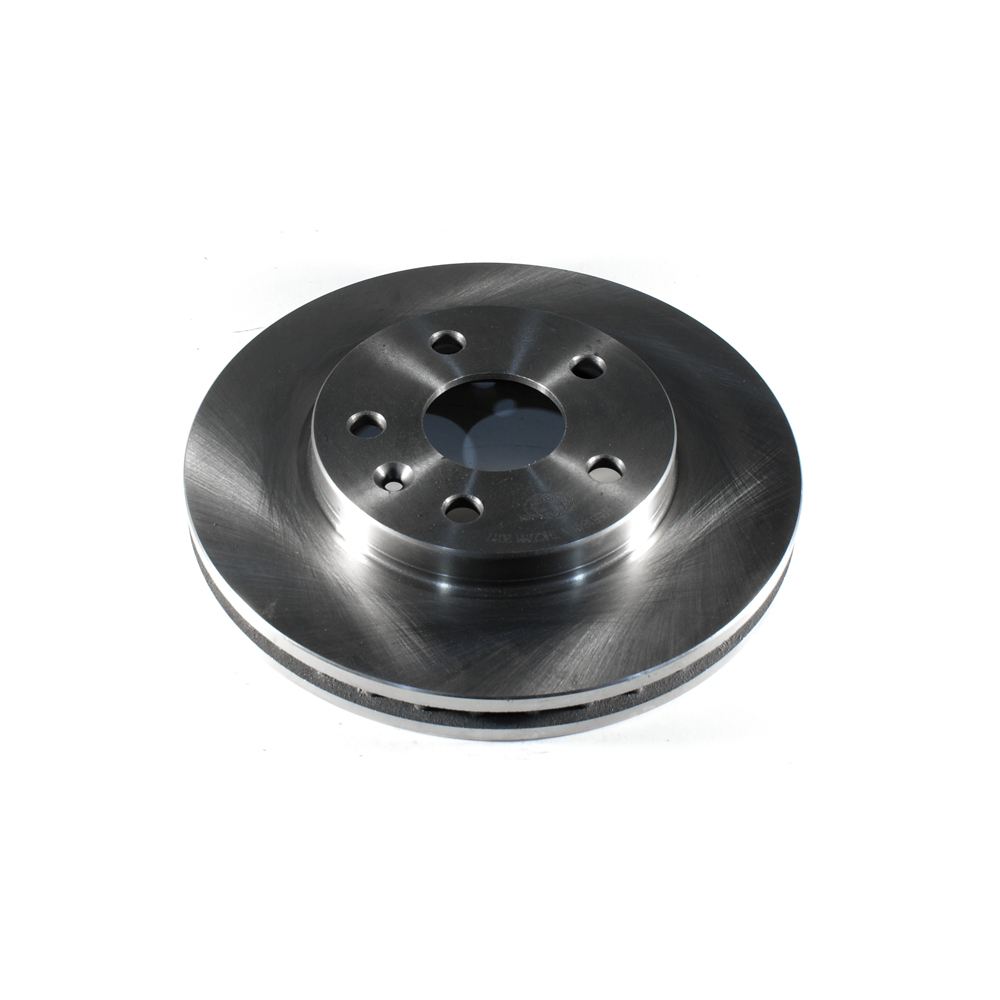
Part No: BR55184
Raybestos: 580839
OE:
Raybestos: 580839
OE:
$51.61 each
Per Car QTY: 2
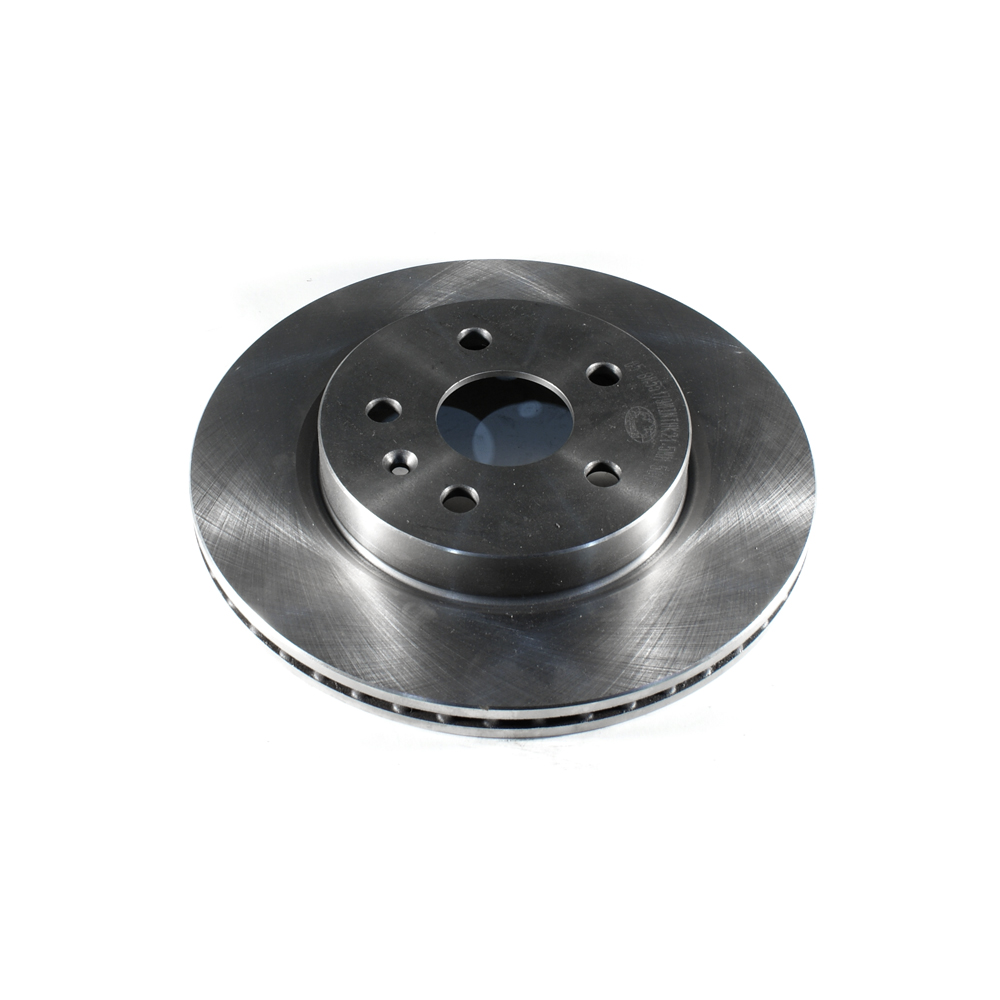
Part No: BR55179
Raybestos: 580771
OE:
Raybestos: 580771
OE:
$53.21 each
Per Car QTY: 2
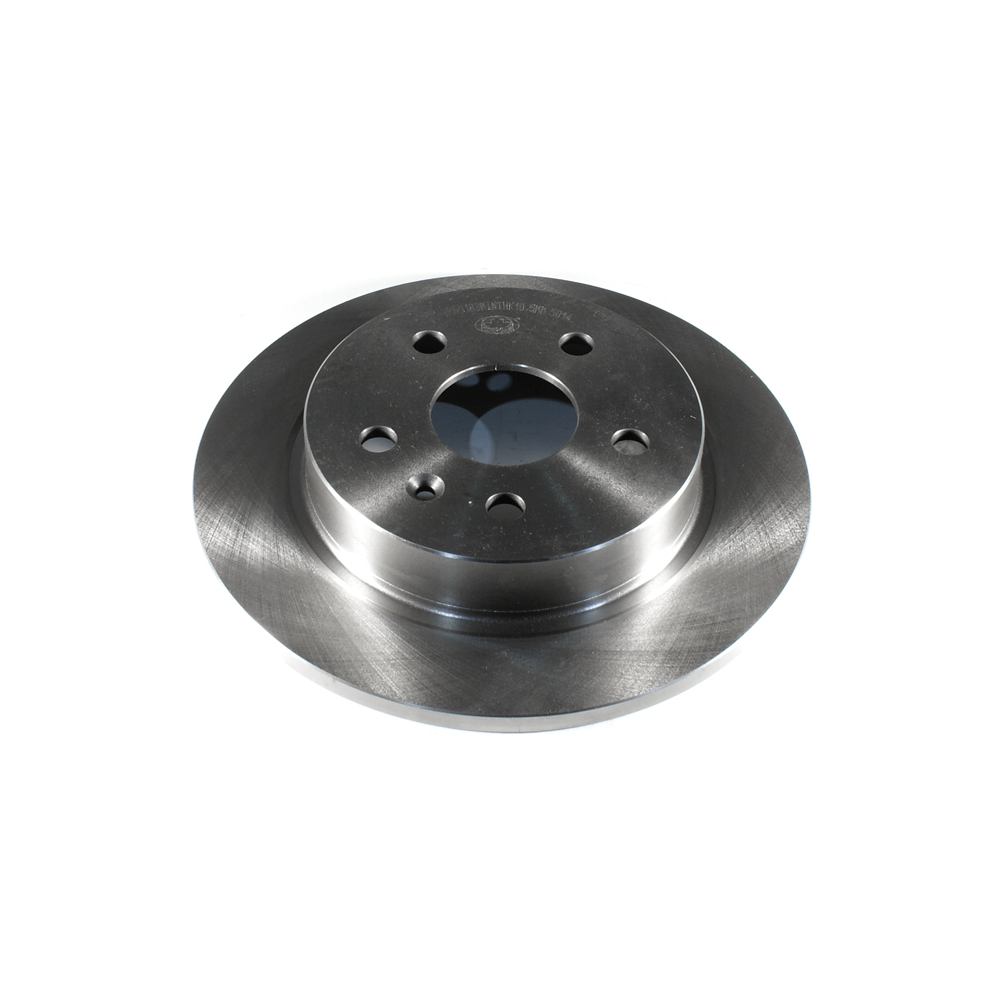
Part No: BR55183
Raybestos: 580838
OE:
Raybestos: 580838
OE:
$40.03 each
Per Car QTY: 2
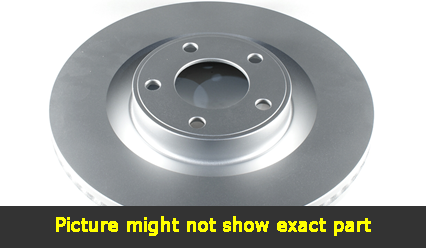
Part No: PP55174
Raybestos: 580746
OE:
Raybestos: 580746
OE:
$70.31 each
Per Car QTY: 2
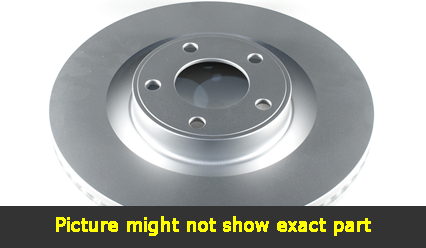
Part No: PP55184
Raybestos: 580839
OE:
Raybestos: 580839
OE:
$65.2 each
Per Car QTY: 2
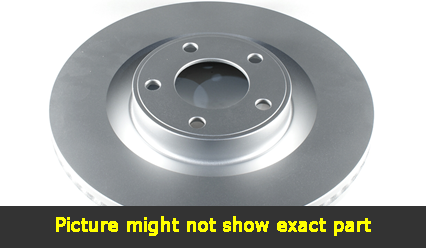
Part No: PP55179
Raybestos: 580771
OE:
Raybestos: 580771
OE:
$67.19 each
Per Car QTY: 2
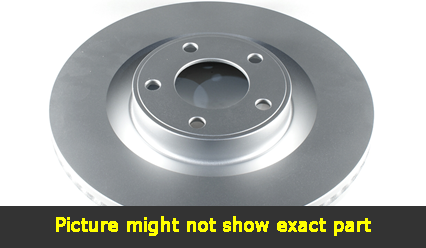
Part No: PP55183
Raybestos:
OE:
Raybestos:
OE:
$51.66 each
Per Car QTY: 2
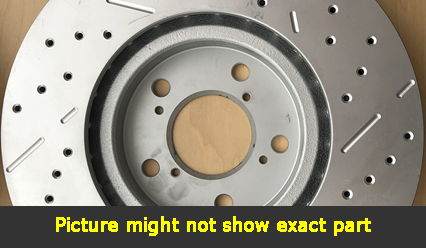
Part No: SP55174L
Raybestos: 580746
OE:
Raybestos: 580746
OE:
$106.76 each
Per Car QTY: 1
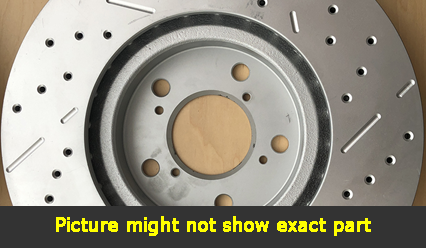
Part No: SP55174R
Raybestos: 580746
OE:
Raybestos: 580746
OE:
$106.76 each
Per Car QTY: 1
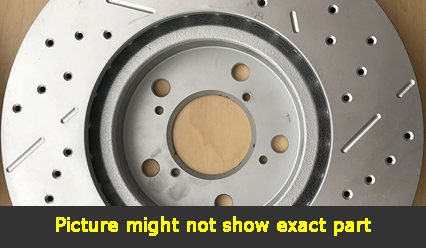
Part No: SP55184L
Raybestos: 580839
OE:
Raybestos: 580839
OE:
$101.65 each
Per Car QTY: 1
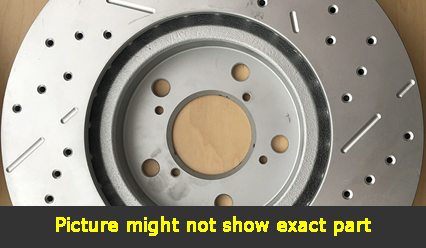
Part No: SP55184R
Raybestos: 580839
OE:
Raybestos: 580839
OE:
$101.65 each
Per Car QTY: 1
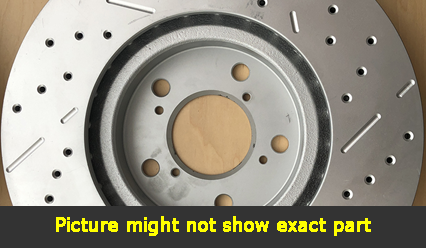
Part No: SP55179L
Raybestos: 580771
OE:
Raybestos: 580771
OE:
$103.64 each
Per Car QTY: 1
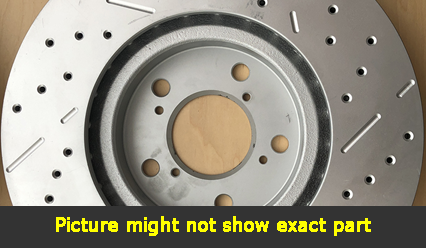
Part No: SP55179R
Raybestos: 580771
OE:
Raybestos: 580771
OE:
$103.64 each
Per Car QTY: 1
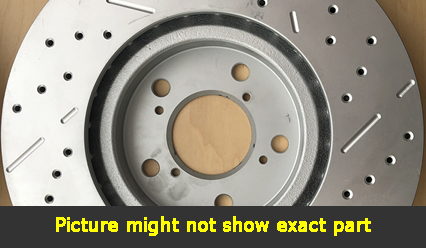
Part No: SP55183L
Raybestos:
OE:
Raybestos:
OE:
$84.06 each
Per Car QTY: 1
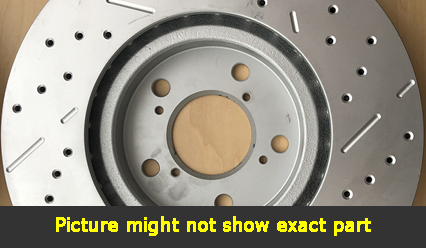
Part No: SP55183R
Raybestos:
OE:
Raybestos:
OE:
$84.06 each
Per Car QTY: 1
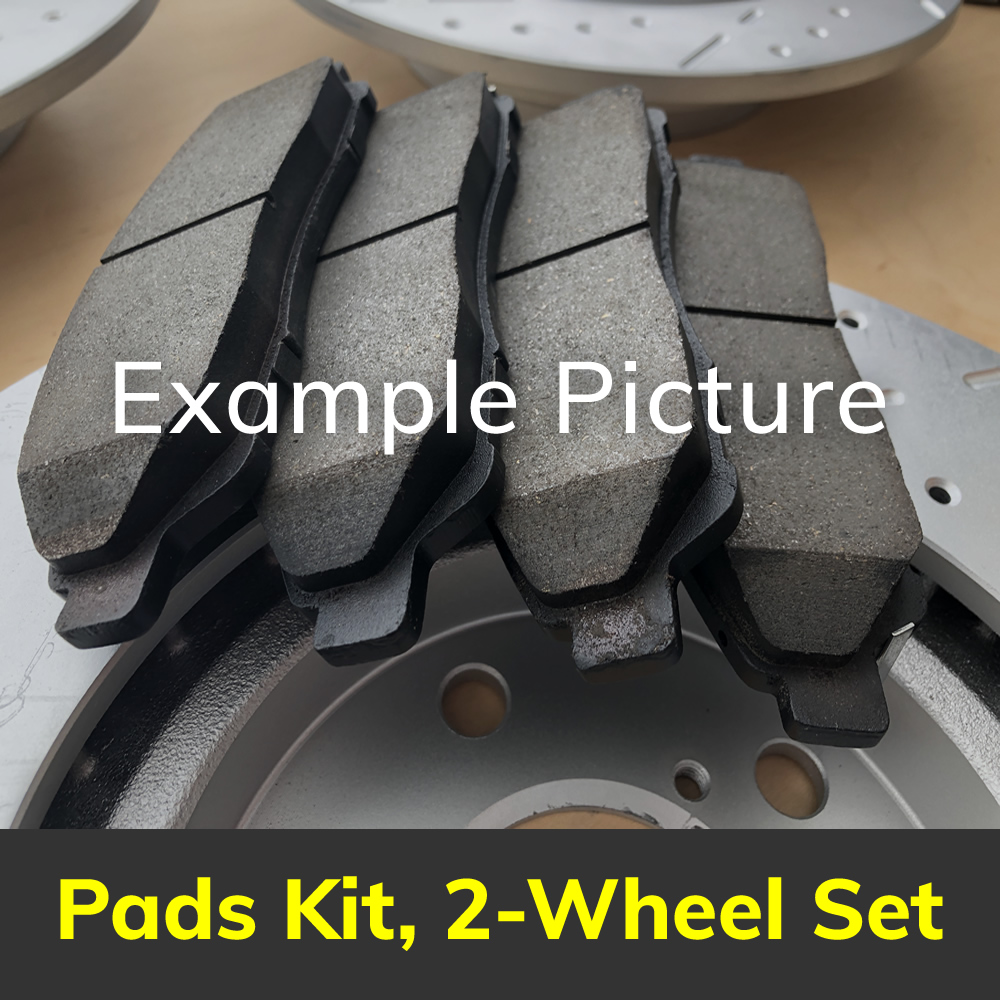
Part No: PD1421C
Raybestos: 1421
OE:
Raybestos: 1421
OE:
$41 each
Per Car QTY: 1

Part No: PD1430C
Raybestos: 1430
OE:
Raybestos: 1430
OE:
$38.39 each
Per Car QTY: 1
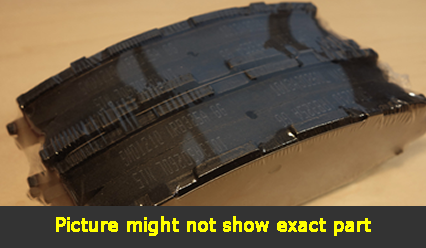
Part No: SMD1421
Raybestos:
OE:
Raybestos:
OE:
$29.23 each
Per Car QTY: 1
Choosing the right brakes for your 2014 Chevrolet Malibu is crucial for maintaining safety and ensuring optimal performance. With a wide variety of brake options available in the market, it can be overwhelming to determine which ones are the best fit for your vehicle. In this article, we will discuss some key factors you should consider when selecting brakes for your Chevy Malibu.
1. Understand your driving needs: The type of brakes you choose should be based on your driving habits and needs. If you mainly drive in the city and encounter frequent stop-and-go traffic, you may want to prioritize brake pads that are designed for long-lasting performance and reduced wear. If you often drive on highways or mountainous terrains, consider brake pads that offer enhanced stopping power and heat dissipation.
2. OEM vs. aftermarket brakes: Original Equipment Manufacturer (OEM) brakes are designed by the manufacturer specifically for your vehicle model. They are good options if you want to maintain the same performance as your car's original brakes. Aftermarket brakes, on the other hand, are produced by third-party manufacturers and offer a wide range of options in terms of performance and price. When choosing aftermarket brakes, make sure they meet or exceed OEM specifications.
3. Brake pad material: Brake pads are available in various materials, each offering different benefits and characteristics. The four common types of brake pad materials are semi-metallic, ceramic, organic, and low-metallic.
- Semi-metallic: These pads are made from a combination of metal fibers and other materials. They offer excellent stopping power and durability but may produce more noise and dust compared to other materials.
- Ceramic: Ceramic pads are known for their superior performance, reduced noise levels, and minimal dust accumulation. They are also less likely to damage rotors. However, they tend to be more expensive.
- Organic: Made from a combination of fibers, fillers, and resins, organic pads are quiet and produce less rotor wear. However, they may wear out faster in high-temperature conditions and may not provide the same stopping power as other materials.
- Low-metallic: These pads are made with a mix of organic materials and a small percentage of metal fibers. They offer enhanced stopping power, good durability, and less rotor wear. However, they may produce more noise and dust compared to ceramic pads.
4. Consider your budget: The cost of brakes can vary significantly depending on the brand, material, and performance. Set a budget and compare prices from different manufacturers to find a balance between quality and affordability. Keep in mind that while cheaper brakes may save you money upfront, they may not provide the same level of performance and longevity as higher-quality options.
5. Seek professional advice: If you are unsure which brakes are suitable for your vehicle, it is always a good idea to consult with a trusted mechanic or dealership. They can guide you in choosing the right brakes based on your car's specific requirements and your driving preferences.
6. Read reviews and customer feedback: Before making a final decision, take the time to read reviews and customer feedback on different brake options. This can give you an insight into the experiences of other Chevy Malibu owners and help you gauge the overall satisfaction and performance of the brakes you are considering.
By considering these factors, you can make an informed decision when choosing brakes for your 2014 Chevrolet Malibu. Prioritizing safety, performance, and your driving needs will ensure that you select the most suitable brakes to keep your vehicle running smoothly.
1. Understand your driving needs: The type of brakes you choose should be based on your driving habits and needs. If you mainly drive in the city and encounter frequent stop-and-go traffic, you may want to prioritize brake pads that are designed for long-lasting performance and reduced wear. If you often drive on highways or mountainous terrains, consider brake pads that offer enhanced stopping power and heat dissipation.
2. OEM vs. aftermarket brakes: Original Equipment Manufacturer (OEM) brakes are designed by the manufacturer specifically for your vehicle model. They are good options if you want to maintain the same performance as your car's original brakes. Aftermarket brakes, on the other hand, are produced by third-party manufacturers and offer a wide range of options in terms of performance and price. When choosing aftermarket brakes, make sure they meet or exceed OEM specifications.
3. Brake pad material: Brake pads are available in various materials, each offering different benefits and characteristics. The four common types of brake pad materials are semi-metallic, ceramic, organic, and low-metallic.
- Semi-metallic: These pads are made from a combination of metal fibers and other materials. They offer excellent stopping power and durability but may produce more noise and dust compared to other materials.
- Ceramic: Ceramic pads are known for their superior performance, reduced noise levels, and minimal dust accumulation. They are also less likely to damage rotors. However, they tend to be more expensive.
- Organic: Made from a combination of fibers, fillers, and resins, organic pads are quiet and produce less rotor wear. However, they may wear out faster in high-temperature conditions and may not provide the same stopping power as other materials.
- Low-metallic: These pads are made with a mix of organic materials and a small percentage of metal fibers. They offer enhanced stopping power, good durability, and less rotor wear. However, they may produce more noise and dust compared to ceramic pads.
4. Consider your budget: The cost of brakes can vary significantly depending on the brand, material, and performance. Set a budget and compare prices from different manufacturers to find a balance between quality and affordability. Keep in mind that while cheaper brakes may save you money upfront, they may not provide the same level of performance and longevity as higher-quality options.
5. Seek professional advice: If you are unsure which brakes are suitable for your vehicle, it is always a good idea to consult with a trusted mechanic or dealership. They can guide you in choosing the right brakes based on your car's specific requirements and your driving preferences.
6. Read reviews and customer feedback: Before making a final decision, take the time to read reviews and customer feedback on different brake options. This can give you an insight into the experiences of other Chevy Malibu owners and help you gauge the overall satisfaction and performance of the brakes you are considering.
By considering these factors, you can make an informed decision when choosing brakes for your 2014 Chevrolet Malibu. Prioritizing safety, performance, and your driving needs will ensure that you select the most suitable brakes to keep your vehicle running smoothly.


